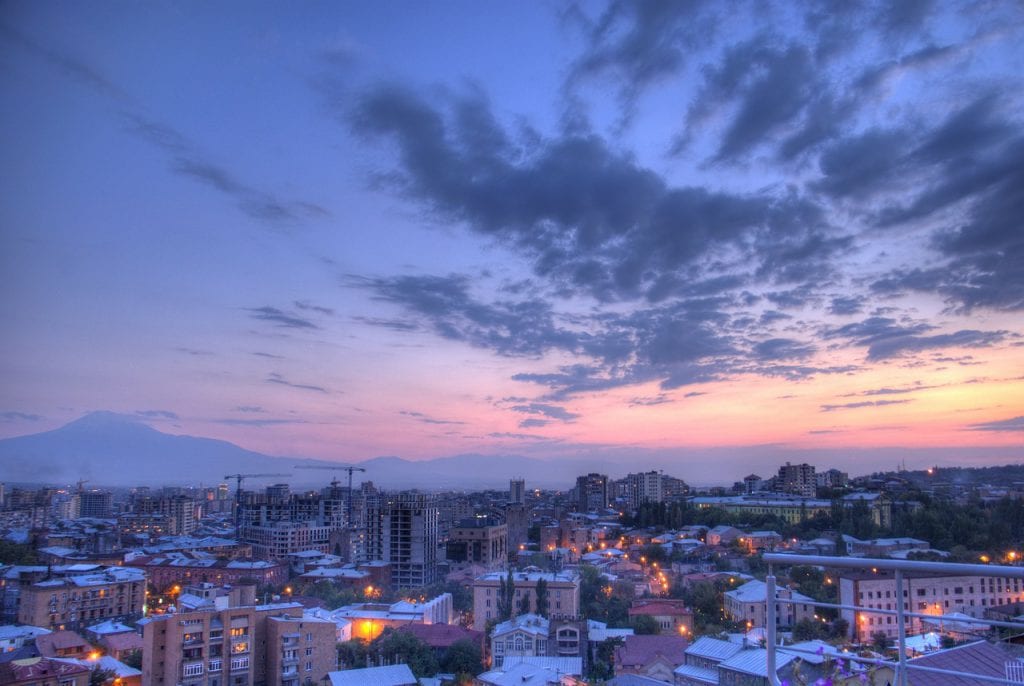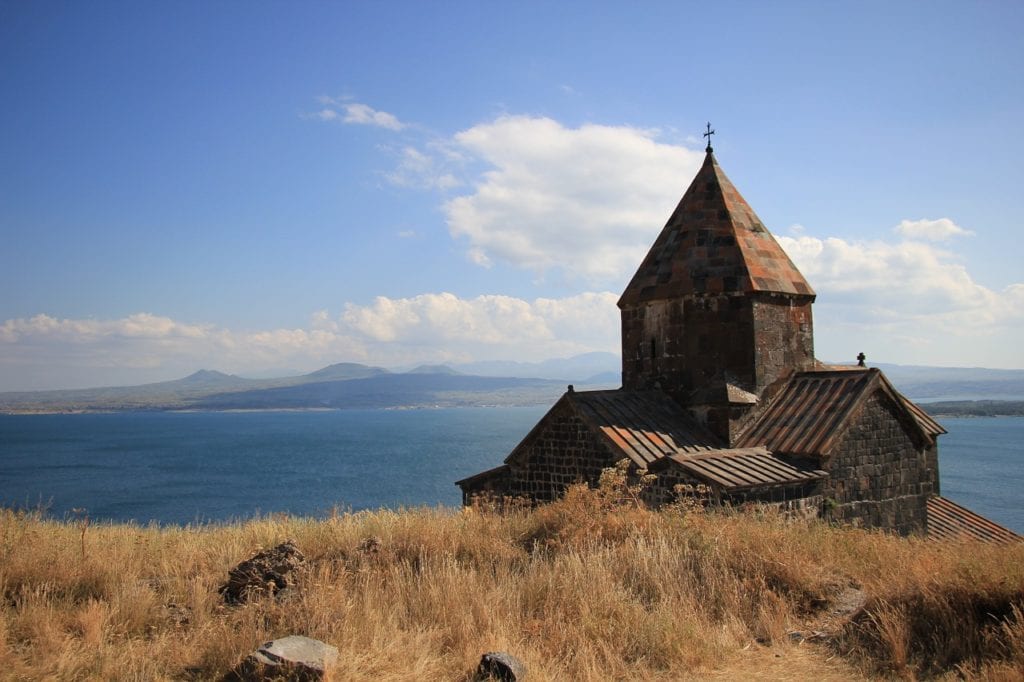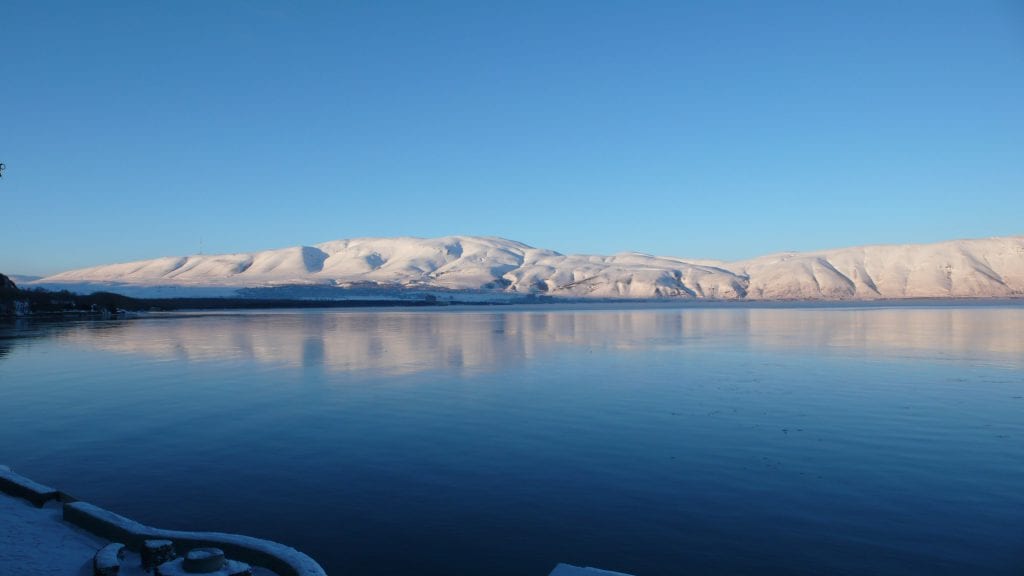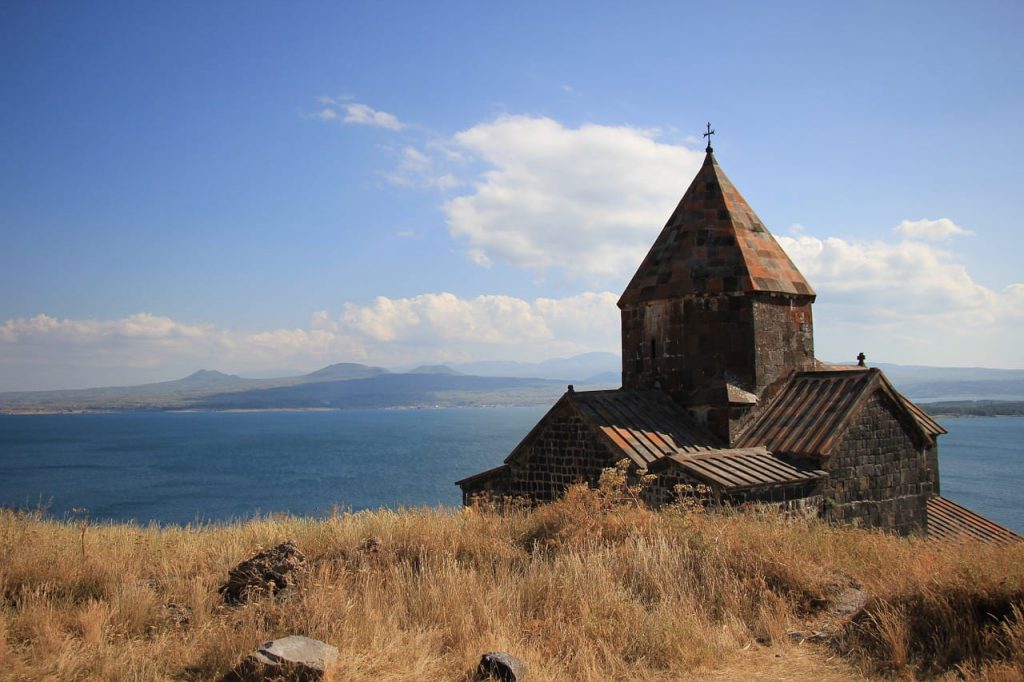
Discovering the Wonders of Mysterious Armenia
Nestled between Turkey, Georgia, Azerbaijan and Iran is the former Soviet republic of Armenia. Whilst Armenia’s history is rich, much of it is also riddled with great tragedy. Whilst the country is something of a phoenix, both in terms of mysticism and reincarnation, Armenia is rarely considered a place to visit, despite the incredible culture it offers.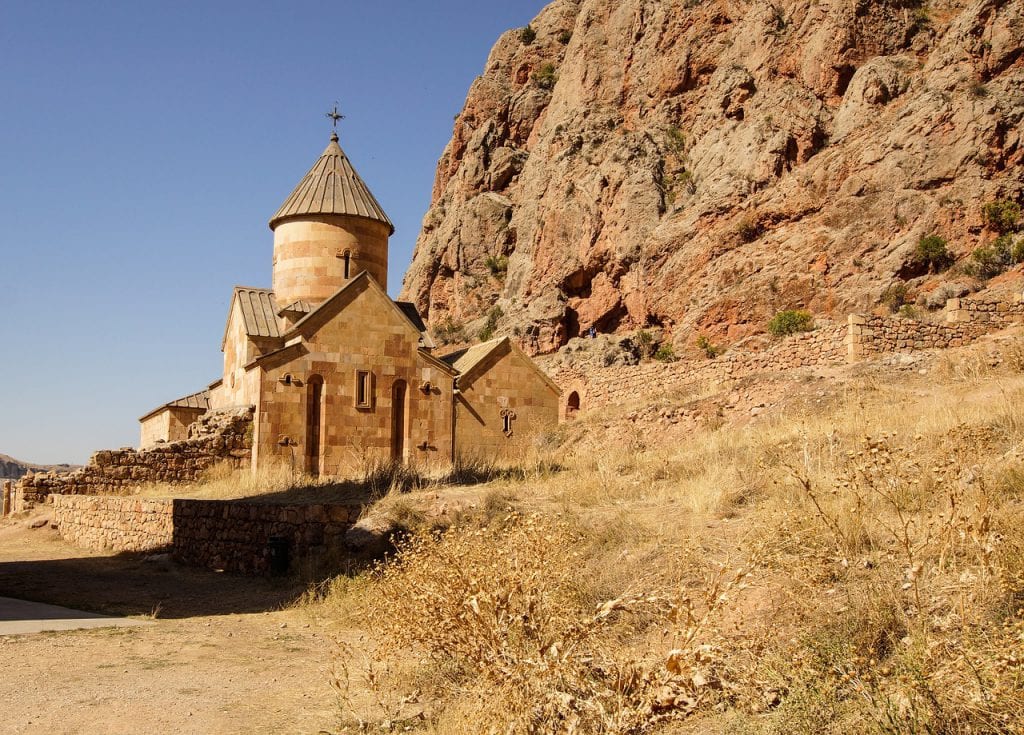
The History of Armenia
To understand why Armenia is so special, we must look into the past. Legend has it that the Armenian people are descendants of Noah, who ark ran aground on Mount Aratat after the great flood. However, those who are less inclined to believe biblical tales believe Armenia was birthed by a tribal confederation known as Hayasa-Azzi.
Countless civilisations and dynasties put their mark upon Armenia and it is echoed in the architecture and beliefs of the country today. Armenia flitted between Babylonian, Elamite, Persian and Macedonian rule until the Romans invaded. Interestingly, in 301 AD, Armenia became the first ever country to officially follow Christianity, despite it not being recognised by the Roman Empire. During this time, the Armenian language also came to light.
Byzantine, Arab and Seljuk empires took over Armenia throughout the following centuries before Ottoman and Persian domination overruled and Armenia lost its true independence.
The First Armenia Massacre
Up until 1908, Armenia has been absorbed by the Ottoman Empire. Whilst there were clashes between the Muslim Ottoman people and Christian Armenians, everything remained calm. This was until the first Armenian massacre happened between 1894 and 1896, fuelled by Ottoman hatred and jealousy as their empire crumbled and Armenia remained stable. During this period, hundreds of thousands of Armenians lost their lives. Sadly, the future was to see further tragedy.
The Young Turks and World War I
During this time, a new government came to power in Turkey. Known as the ‘Young Turks’, this group of reformers overthrew the Sultan and proceeded to ‘Turkify’ the empire, which included Armenia. In their minds, non-Turkish people and Christians were a threat to their plan.
Given their stance, WWI saw Turkey side with Nazi Germany. Heads of the Turkish military began to argue that Armenians were traitors and would side with their enemies. Armenian went ahead and helped Russia fight against the Turks. However, this encouraged Turkey to ‘remove’ the Armenian people.
The Armenian Genocide
On April 24th 1915, the Armenian genocide began. That day alone, several hundred Armenian intellectuals were arrested and executed. The Turks threw Armenians from their home, killing them on death marches through the desert, downing them, throwing them off of cliffs, crucifying them and burning them alive. Women were abused and children used as slaves if they agreed to convert to Islam. For the next seven years, this atrocity continued, until the Turks fled to Germany.
The genocide was only recognised as so by the US Congressional panel in March 2010.
Yerevan: Armenia’s Capital City
Whilst it is undeniable that Armenia’s history is strewn with tragedy, today the country flourishes. The capital city, Yerevan, has numerous museums and monuments where visitors can learn all about the country’s past. Brutal Soviet architecture dominates the city and, yet, the neoclassical squares are reminiscent of Vienna, and the beautiful boulevards echo Parisian chic. The city is full of contradictions and is unlike any other in the world.
Whilst the city is scared by Soviet rule and its economic collapse as a result of its independence in 1991, the kind-hearted locals and undeniable feeling of safety in the city make it a fascinating place to be. Deeply historic, visitors should visit the grand Republic Square and climb the Cascade to see WW2 monuments. Undoubtedly a visit to the harrowing Armenian Genocide Memorial (Tsitsernakaberd) should be on any itinerary when visiting Yerevan.
Vanadzor and the Lori Province
Located in the north of Armenia is the country’s third biggest city, Vanadzor. It is very different to Yerevan and many use the city as a base for exploring and hiking the picturesque Lori region. In the city itself is one of Armenia’s most popular tourist attractions, the Vanadzor Botanical Garden. Visitors should also spend time in the Vanadzor fine art museum.
Historical Buildings and Ruins
With much of Armenia’s culture being cemented in history and religion, there are numerous incredible relics to explore…
Holy Mother of God Church
Located in Noravank is the famous Astvatsatsin; the Holy Mother of God church. Breath-taking red cliffs protect the monastery which was built in the 13th century and is championed as one of the most beautiful in the country. The story goes that the church was saved by God when the Mongols invaded.
Amberd Fortress
Just an hour outside of Yerevan is the 7th century Amberd Fortress. This military defense point sits 2,300 meters above sea level on the slopes of Mount Aragats and boasts incredible landscapes. During the winter months, snowfall can make the fortress inaccessible. However, light snowfall can completely transform the landscape and the fortress itself. However, visitors seeking finer weather should visit from May onwards.
Outdoor Locations
Whilst Armenia is famous for its monasteries and ancient relics, it has some of the most beautiful landscapes and outdoor retreats in the world. Due to its lack of tourism, people love the peace and quiet that rural Armenia brings…
Lake Sevan
Referred to as the heart of Armenia due to its central location, Lake Sevan is the country’s largest lake and a beautiful location to relax during the summer months. The lake is surrounded by monasteries, the most striking being Sevanavank Monastery.
The lake is home to a number of popular beaches, including Sevan Bay. Many like to take to the water to take part in sports, visit the seafood restaurants along the shore, or simply catch some rays on dry land.
Mount Aragat
Not for the faint-hearted, Mount Aragat is a notorious location for intrepid hikers, with the best months being July, August, and September. Hikers who like a challenge should tackle the 4,000-metre northern peak, whereas those with a little less gusto should head to the southernmost of the four peaks.
Home to a dormant volcano, Mount Aragat is one of Armenia’s coveted natural sights and is often covered in snow throughout most of the year. Visitors should keep their eyes peeled for ancient paintings of animals and humans adorning the rockfaces of the mountain.
Dilijan National Park
Armenia has four national parks, but many favour Dilijan over them all. Only having opened in 2002, the park has a number of natural monuments, including mineral water springs which are said to be medicinal.
Visitors to the Dilijan National Park can learn much about Armenian culture due to the monasteries and churches located in the grounds., such as Haghartsin Monastery, Gshavank Monastery, and Jukhtak Vank.
